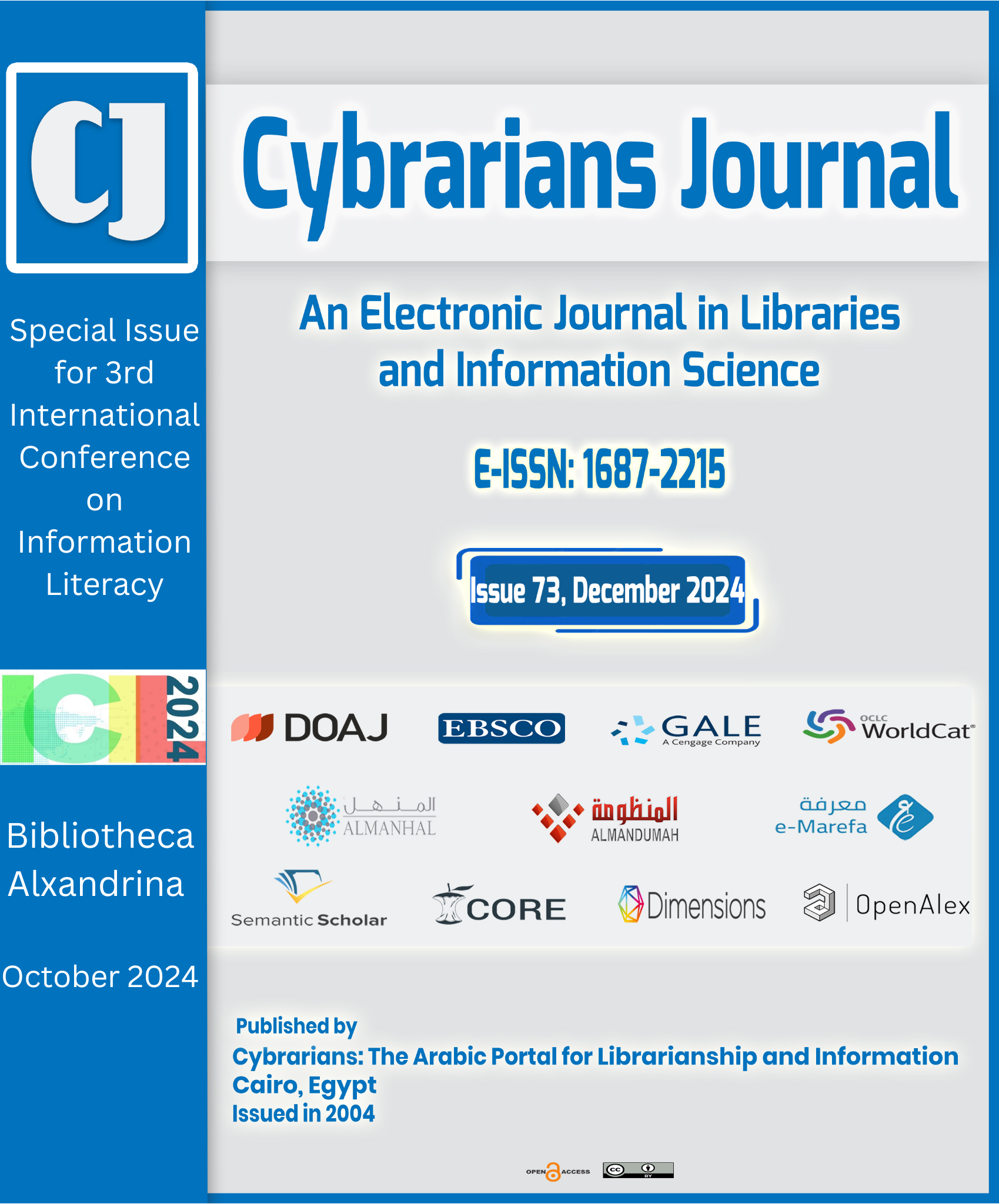Digital transformation at the Grand Egyptian Museum
DOI:
https://doi.org/10.70000/cj.2024.73.625Keywords:
Digital transformation, cultural heritage, Grand Egyptian MuseumAbstract
The Grand Egyptian Museum (GEM) represents a transformative addition to Egypt's cultural and heritage landscape, set to redefine the traditional museum experience through immersive, interactive, and technology-driven exhibits. As the largest museum globally dedicated to ancient Egypt, the GEM aspires to inspire future generations, fostering creativity and innovation while addressing the scarcity of cultural institutions in Egypt. Its extensive collection spans over 700,000 years, featuring thematic exhibits that narrate the evolution of Egyptian society, religion, and governance.
The GEM is pioneering digital integration in tourism, introducing virtual and augmented reality experiences, online tours, and cashless systems to enhance visitor engagement and accessibility. These advancements, alongside initiatives like the Children's Museum, leverage gamification and STEM-focused programs to captivate younger audiences, making learning both entertaining and impactful. The museum’s dedication to fostering curiosity and critical thinking is evident in its innovative approaches to education and heritage interpretation.
Temporary exhibitions, such as the immersive Tutankhamun showcase, demonstrate GEM's commitment to merging technology with cultural storytelling. By employing cutting-edge tools like digital projection mapping and AI art, the museum creates multi-layered, inclusive experiences that engage diverse audiences while advancing scientific research and scholarly collaboration.
The GEM is poised not only to be a cultural hub but also a global benchmark for integrating heritage, education, and technology. Its multifaceted approach ensures relevance for contemporary audiences and secures its role in shaping the future of cultural tourism and learning.
References
Bachiller, Carmen, Jose M. Monzo, and Beatriz Rey. "Augmented and Virtual Reality to Enhance the Didactical Experience of Technological Heritage Museums." Applied Sciences 13.6 (2023): 3539.
Behrendt, Marc, and Teresa Franklin. "A Review of Research on School Field Trips and Their Value in Education." International Journal of Environmental and Science Education 9.3 (2014): 235-245.
Dwyer, Christopher P., Michael J. Hogan, and Ian Stewart. "An Integrated Critical Thinking Framework for the 21st Century." Thinking Skills and Creativity 12 (2014): 43-52.
Gottesdiener, Hana, and Jean-Christophe Vilatte. "The Use of Audio Guides in Museums." Old Questions, New Answers: Quality Criteria (2012): 1-18.
McRainey, D. Lynn, and John Russick, eds. Connecting Kids to History with Museum Exhibitions. Routledge, 2016.
Phon, Danakorn Nincarean Eh, Mohamad Bilal Ali, and Noor Dayana Abd Halim. "Collaborative Augmented Reality in Education: A Review." 2014 International Conference on Teaching and Learning in Computing and Engineering. IEEE, 2014.
Downloads
Published
How to Cite
Issue
Section
License
Copyright (c) 2024 Nancy Ali, Ayman El-Sayed, Amr Abdel Nasser

This work is licensed under a Creative Commons Attribution 4.0 International License.







